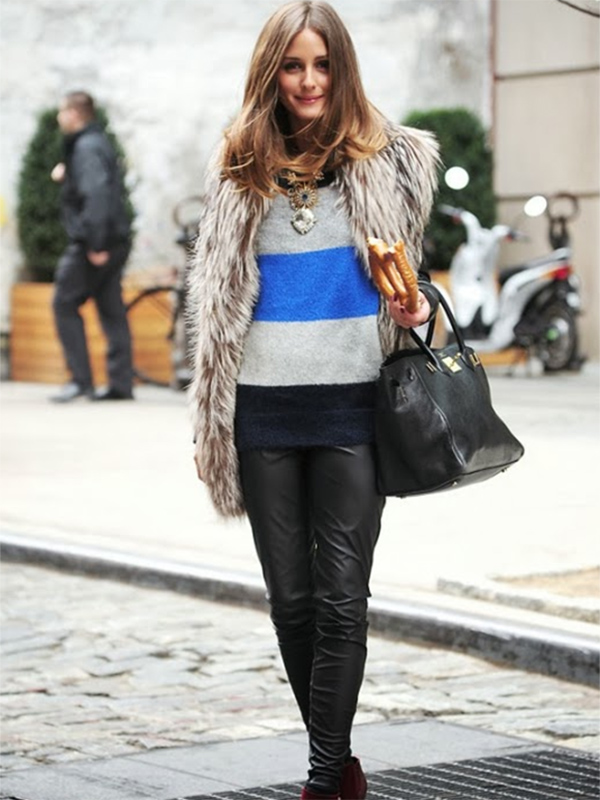

Kate Crawford, author of the forthcoming book Atlas of AI, explains that AI excels at “large-scale classification” and “is very bad at detecting nuance” (Friedman, 2021). While some may argue that this problem is due to technological error rather than intentional discrimination by humans, critics point out that Facebook’s advertising AI is coded by humans. For some, the answer is simple: biased gatekeeping delayed inclusive advertising for adaptive fashion. Thankfully, after both Mighty Well and Yarrow resubmitted their ad requests, Facebook eventually accepted both and apologized for their AI’s oversights (Friedman, 2021).Īlthough both companies were, ultimately, able to advertise their products, many have questioned why it took so much time and effort for the ads to make it onto Facebook’s platform. In both cases, Facebook’s AI system missed the mark on what these companies were actually attempting to advertise. When their ad for a pair of pants featured a model who uses a wheelchair was submitted, Facebook’s AI again denied the ad – this time, due to the image of the wheelchair, not the actual product. Similarly, the inclusive clothing company Yarrow also ran into issues with Facebook advertising. Facebook reasoned that the ad violated their policy of advertising “medical and healthcare products and services including medical devices” (Friedman, 2021). For example, in early 2021, the adaptive fashionwear company Mighty Well tried placing an ad on Facebook for a gray hooded sweatshirt with the text “I am immunocompromised – please give me space.” Immediately, Facebook’s AI system that accepts or rejects advertisement requests, denied Mighty Well’s ad (Friedman, 2021). Indeed, by 2026, the industry is expected to be valued at $400 billion (Gaffney, 2019).ĭespite the high need for adaptive fashion and the newly exploding industry, the artificial intelligence (AI) used to filter social media advertisements is not innovating at the same pace. This inclusive fashion revolution can be even seen in the marketing of high-profile brands like Victoria’s Secret and their new line of diverse Angels (D’Zurilla, 2021), Tommy Hilfiger’s “Tommy Adaptive” fashion line created in 2016 (Webb, 2021), and Nike’s Go FlyEase shoe that wearers step in and out of “hands free” (Weaver, 2021). From magnetic closures to sensory-friendly fabrics and wheelchair-specific outfits, adaptive fashion offers practical and stylish clothes for people with disabilities. This is slowly changing, however, and adaptive fashion –defined as clothing, accessories or footwear specially designed around the needs of people with varying disabilities– is now on the rise (Amputee Coalition, 2019). Yet in fashion, they have been historically underrepresented (Haines, 2021).

People with disabilities are one of the largest minority groups in the world (World Health Organization, 2021). AugCASE STUDY: Facebook’s AI and Adaptive Clothing Advertisements


 0 kommentar(er)
0 kommentar(er)
